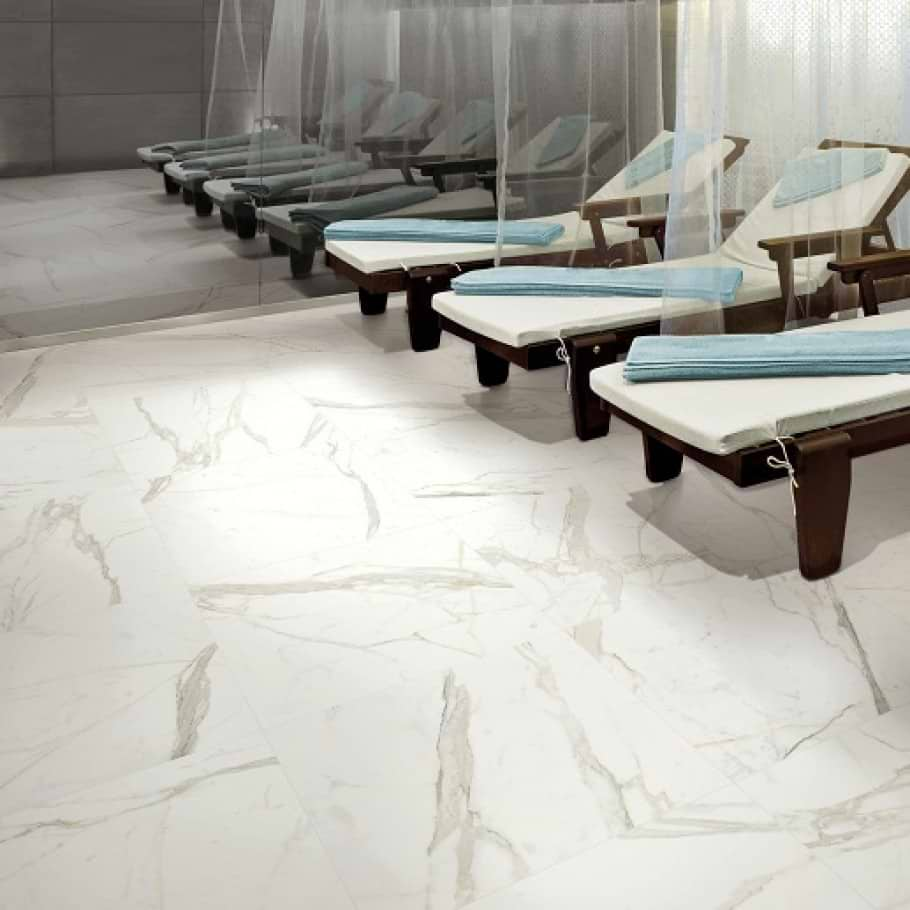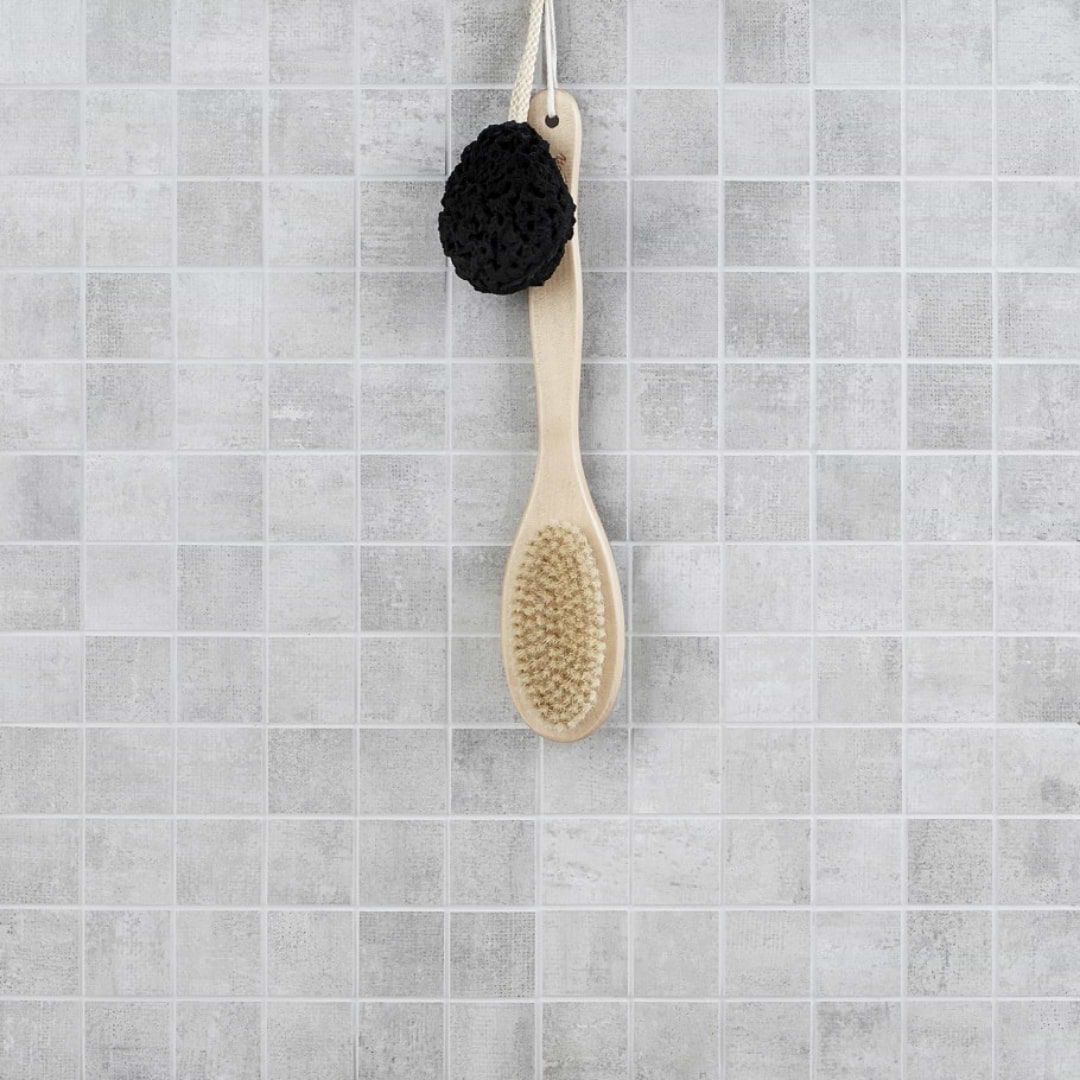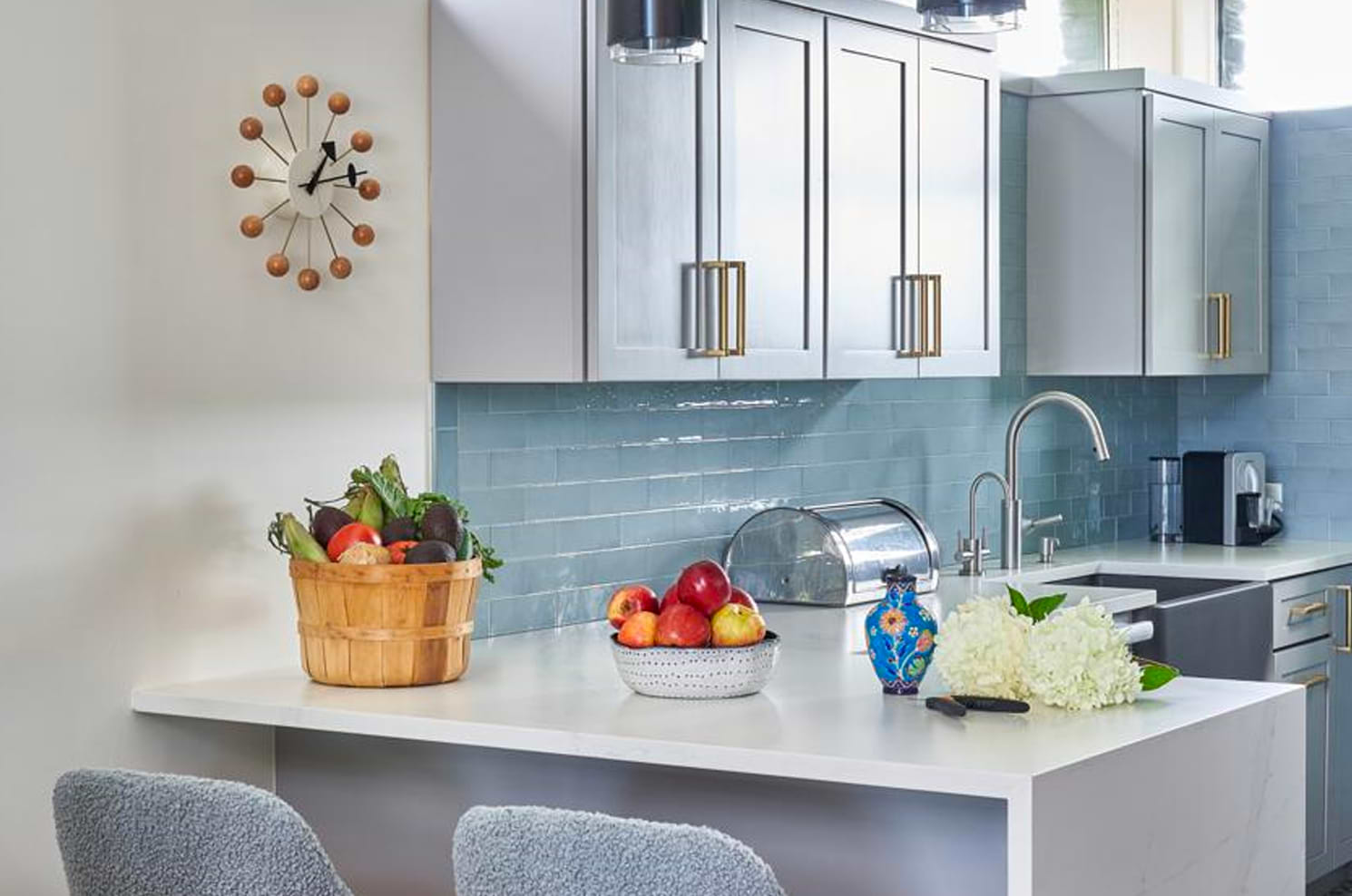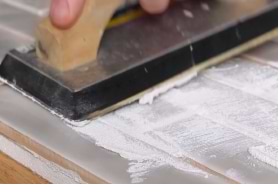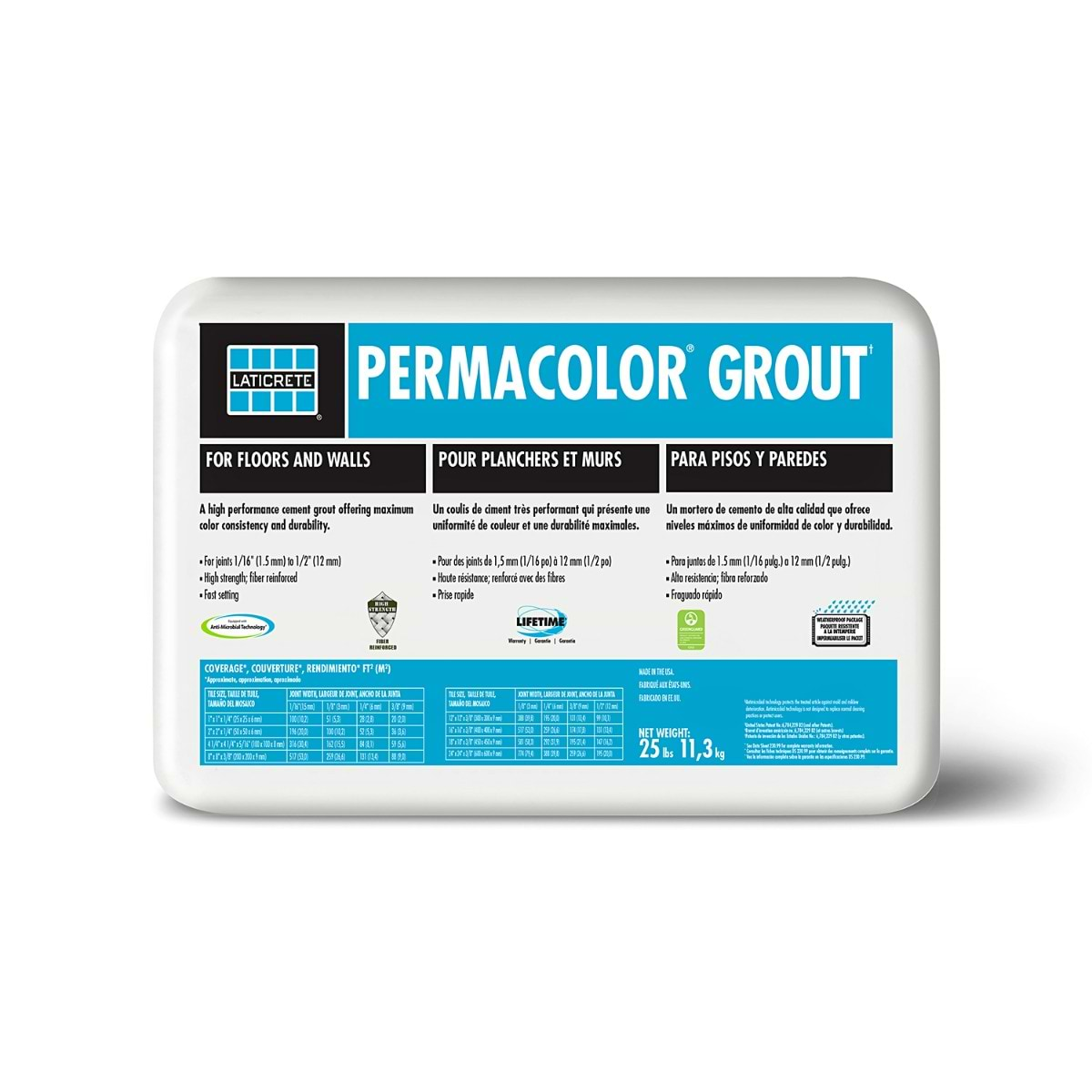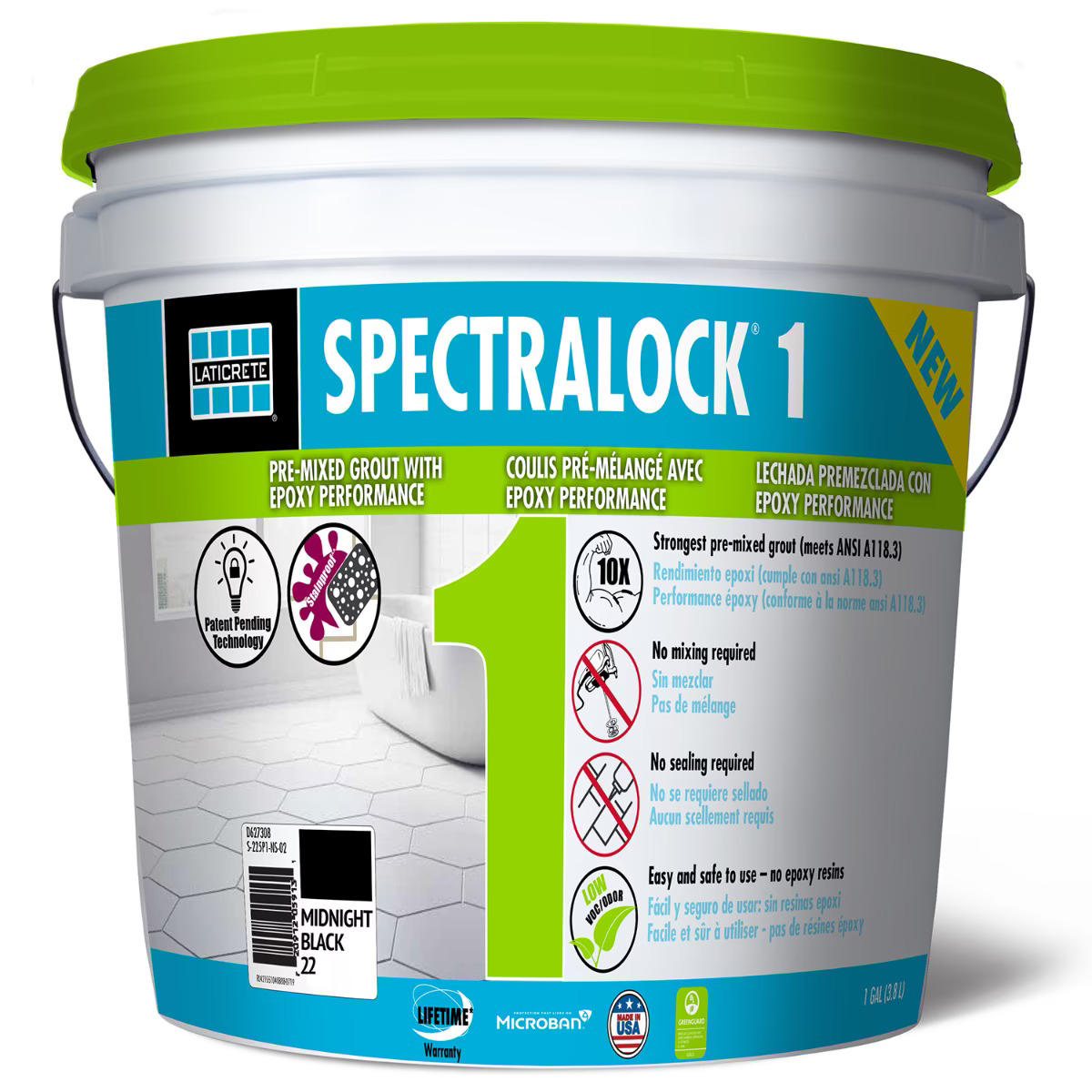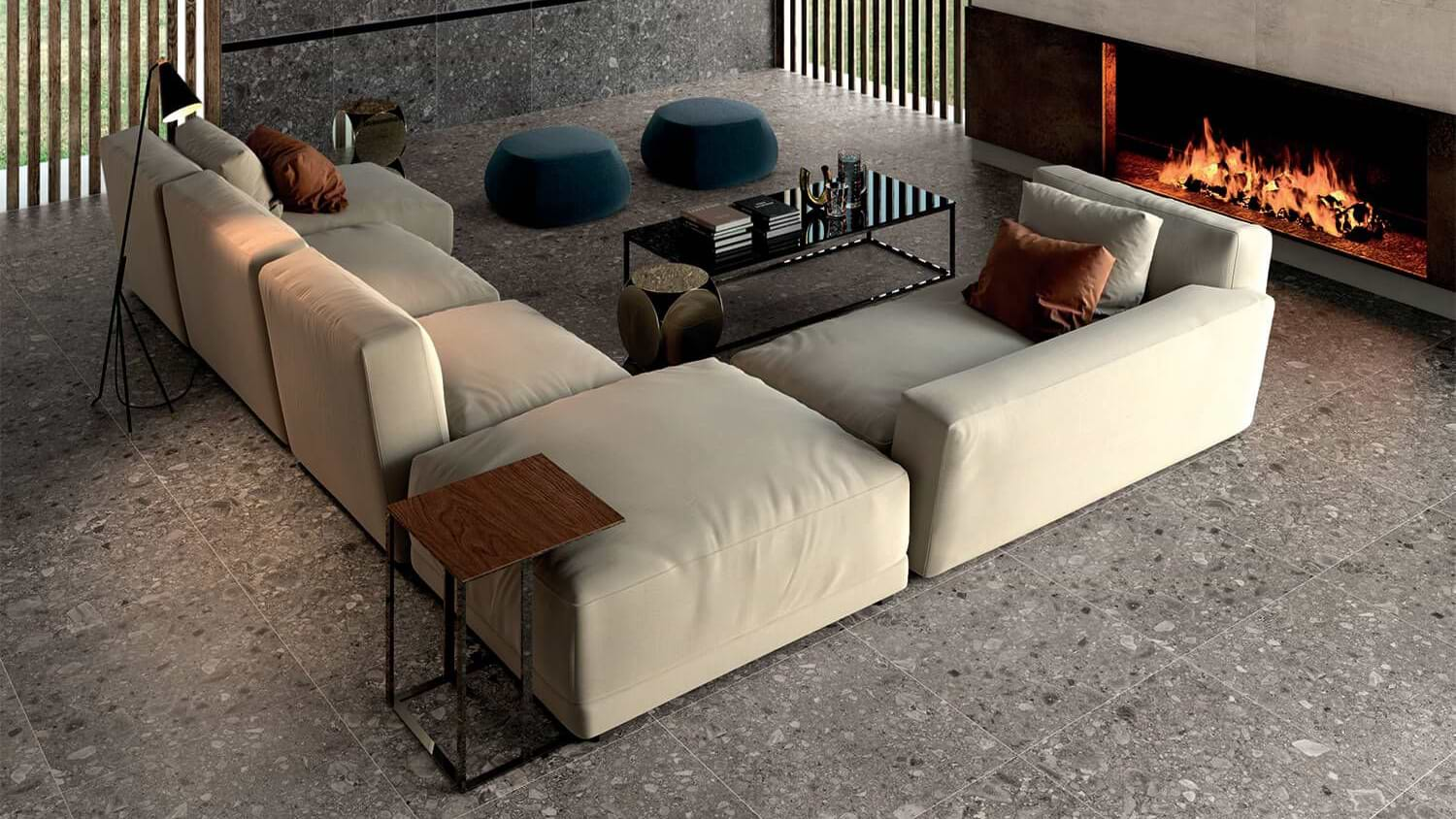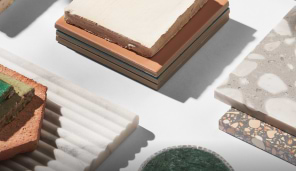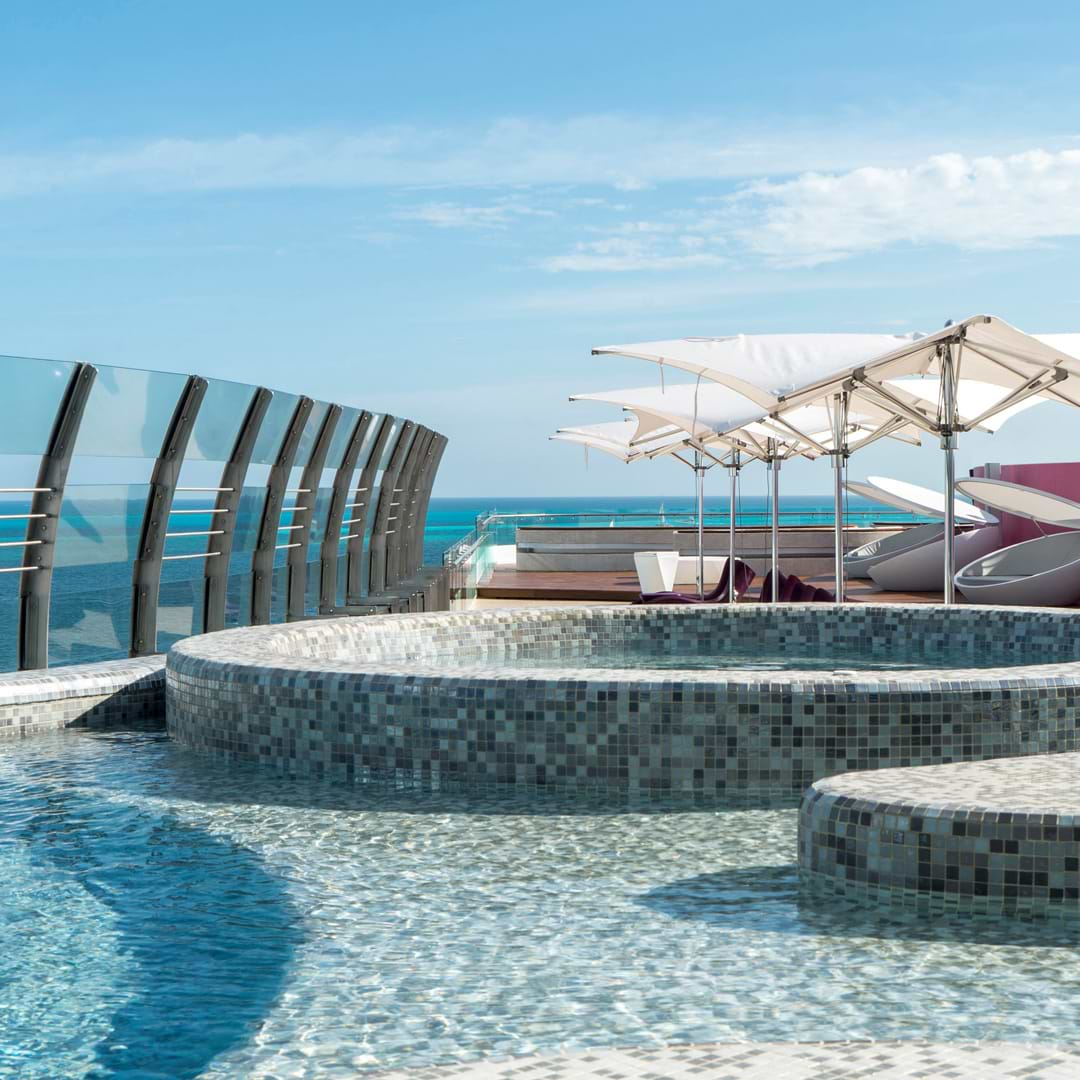Best Tile for Outdoor Patios and Spaces
Summer is officially here. Are you excited? We know we are. After all, it means we can finally make use of our backyards! From grilling to pool chilling, there’s a never-ending list of fun things to do now that the temperatures are warm, and the sun is shining (most days).
That in mind, it seems ideal to talk about all things outdoor tile. From patio to pool, we go over exactly what to keep in mind when incorporating tile into your backyard design plans and provide a mini information session on how-to install tile over cement.
Back-To-Basics: What Makes A Good Outdoor Tile?
Okay, okay. We know what you’re thinking: “Where do I start? What tile should I use? Help, please!”. Rest assured, we hear you and we’re here to do just that. Below are the top 3 things that should be considered when you’re planning out the addition of tile into your backyard for your patio, deck, or pool area.
Will Withstand the Elements. You should keep the climate of where you’re living in mind. It’s important that the tile you choose will either be able to resist frost (if you have winters) or withstand heat (warm year-round).
Is Slip Resistant. This may seem like a no-brainer, but it must be said. When gathering outdoor tile ideas, your top priority second to weather withstanding is slip resistance. You don’t want a slick surface that can be held accountable for scary falls, right?
Can Be Cleaned Easily. No one likes having spills, but outdoors is where they’re most likely to happen. Sipping on a cocktail poolside or eating chips with salsa on your patio are two perks to a gorgeous outside space; however, the last thing you want is staining. Since tiles need to be cleaned regularly, opt for options that are easy to maintain like porcelain.
Now that’s covered, let’s get a little more specific with the tile to use.
Deck, Patio and Pool Tile Ideas
Do you have a patio, deck, or pool area that’s craving a more durable surface? Then this will prove handy for you.
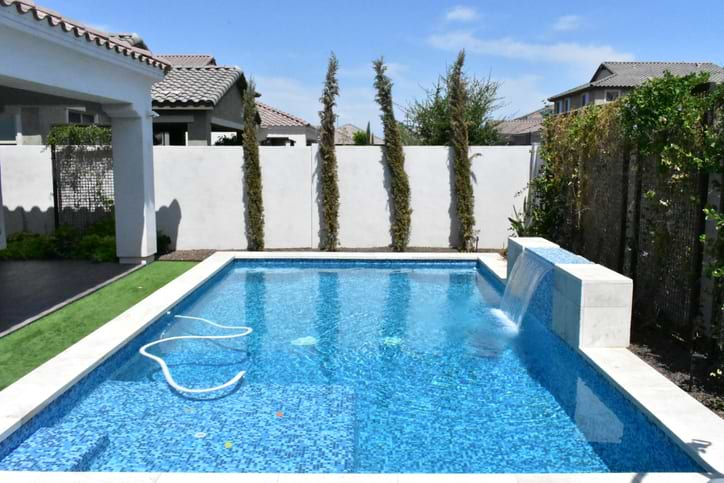
Types of Outdoor Tile for Patio or Deck:
When it comes to choosing patio tile or deck tile there are two major things to keep in mind:
Surface Texture. You know when you go to a restaurant and the table slightly moves from left to right? It’s a pain when things aren’t flat. Same goes with choosing a patio or deck tile surface. The last thing you need is a topsy-turvy situation. Make sure that the tile you choose will keep things even.
Consider Foot Traffic. The more durable the tile is, the better. One thing to look at when you’re selecting a patio tile is the PEI rating, works on a scale 1-5. This judges the density and hardness, which are two things that make for a great outdoor floor tile.
Here’s how the PEI rating system works:
Level 1: No Foot Traffic – Ideal for wall tiling only.
Level 2: Light Traffic – Residential Bathrooms.
Level 3: Light to Moderate Traffic – Countertops, walls, floors, all residential uses.
Level 4: Moderate to Heavy Traffic – All residential applications as well as medium commercial use.
Level 5: Heavy to Extra Heavy Traffic – Used only for flooring and rarely an interior residential choice.
You’ll want to choose level 4 or 5 when it comes to outdoor tile.
Outdoor Tile Ideas for Patios & Decks :
There are a few options and materials that we recommend you use for outdoor floor:
Natural Stone:
Pros – Natural stone covers everything from granite to limestone and travertine. They are a traditional and classic choice thanks to their beauty and ability to blend in with the surrounding environment.
Cons – Beauty comes at a cost, and natural stone can get pricey. Also, it’s worth noting that some forms of stone can get slippery when wet, so this is a caution that you should keep in mind before committing to a purchase. With extreme weather, the natural stone runs the risk of cracking.
Porcelain Tile:
Pros – The same ease of maintenance you get from porcelain use indoors, can be expected outdoors as well. They are porous, fade-resistant, and extremely durable. Additionally, there is no risk of cracking due to weather changes as is the case with natural stone.
Cons- Some versions of porcelain can become slippery when wet, so it’s in your best interest to choose a matte finish and ones with the highest rating of slip resistance.
A Deck Favorite: Wood-Look Porcelain. With its durability, natural appearance, and easy-to-maintain nature, many opt for a wood-look porcelain tile when choosing a type for their deck.
Porcelain Pavers:
Pros: One of the best options on the market for outdoor use, porcelain pavers boast a laundry list of benefits. Thanks to their thickness, they’re quite durable, and strong. They’re also frost-and-fire resistant, which lets them be compatible with all sorts of climates. Lastly, they are easy to maintain and are a not only slip-resistant, but stain-resistant.
Cons: With few cons, the only thing is learning to install them yourself or hiring someone to install for you.
TileBar Tiles Suitable for Your Patio or Deck:
The Best Outdoor Tiles for Pool:
Now, when it comes to choosing pool tile, options are a little different than patio or deck. The below are our recommendations.
Mosaic:
Mosaic tiles are a great, classic choice for any pool. Commonly made from glass, they work extremely well with the transparency of the water. Plus, most have varying shades and finishes on one sheet which is perfect for the person who wants to shake things up a little bit (or just can’t decide on one color).
Porcelain:
Porcelain tile is known for its durability and low maintenance upkeep. If you’re looking to add to the area surrounding the pool or to decorate the stairs leading into the pool, this is the tile you’ll want to use.
TileBar Tiles Suitable for Your Pool:
Installing Tile Over Cement
Have a cement patio currently and want to make it more eye-catching? Not sure if you can place tile on it? Well, the short answer is that yes, it is doable, and you can. That said, there are many steps to take before moving forward.

Here’s what to do:
1. Check that the concrete is level, clean and flat.
2. Next, see if there are any cracks. If there are, pour some water inside. If it absorbs, move to step 4. If it bubbles, continue to step 3.
3. Seeing bubbles indicates that there can be oil/wax/some type of particle that will interfere with laying tile. You’ll want to use a solution of trisodium phosphate and water to scrap it out with a brush. Rinse off with water. Dry.
4. Make sure that everything is level, use a self-leveling floor compound to fill any spots.
5 . You’re set to tile – make sure to use thin set and get rolling.
Things To Keep In Mind With Outdoor Tiles
Style You’re Going For:
The most important thing, aside from safety, is knowing your overall design scheme. Matching the patio furniture to the outdoor floor tile is key for a cohesive, brilliant look.
How often it will get used, get wet, etc.:
If you’re in a fair weather environment, with little rain, then you’ll probably manage just fine with natural stone. However, if you’re in an area with intense seasonal changes, then porcelain will be the best way to go. Either way, make sure that slip resistance is up to par and safety measures when installing are taken.
Excited to get to find the perfect outdoor tile? Start your search here.

